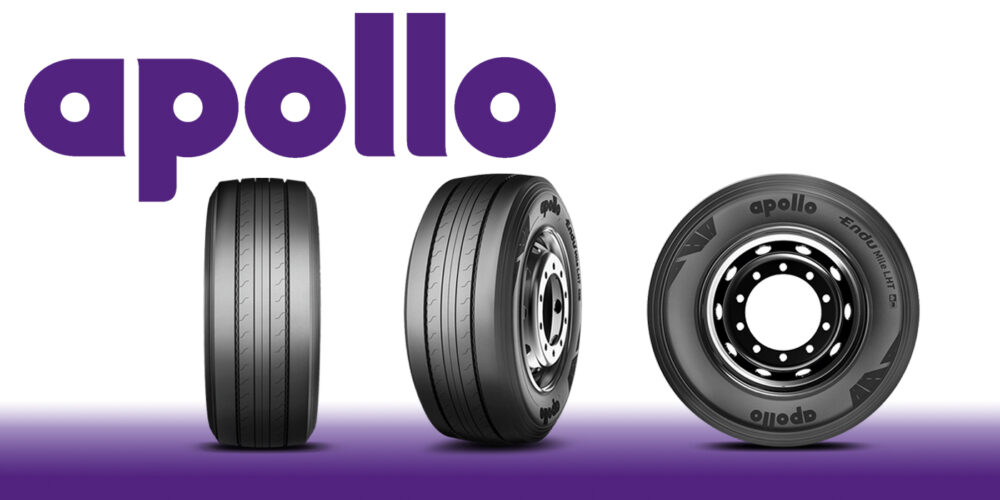When I was doing research and development for a major oil company in the late ’60s and early ’70s, the petroleum industry didn’t have much interest in engine lubricants. For the oil producer and marketer, imagine comparing the sales of lubricants (probably 1% to 2%) to the sales of gasoline and diesel fuel constantly pouring out of huge pipelines.
Also, the industry didn’t have to move particularly fast. Marketing would actually allow us geeks to produce the best lube oils possible without regard to cost because there was so little cost or comparative profit produced. There also weren’t many required engine tests to qualify a new lubricant.
Most of the power to specify lube oil performance rested in the hands of oil marketers. The American Petroleum Institute (API) defined a technical need based on performance problems in the field. The American Society for Testing of Materials (ASTM) developed tests to define and evaluate new lube oil performance. The Society of Automotive Engineers (SAE) then defined new oil performance categories in terms end users could understand.
I vividly remember accompanying one of our marketing people to a SAE meeting. He referred to it as a “convention of the nerds.” Then marketing got involved because they recognized some potential for increased profits. The game was forever changed since the oil marketers wanted to maximize profits by minimizing expenditures across the board. They also wanted to minimize the number of products produced (universal oils) to simplify logistics.
The situation was much different in Europe, where petroleum products cost approximately four times more than they do in North America. Major engine builders such as Daimler-Benz, Fiat, Volvo and Volkswagen were constantly increasing the power density of their products. As soon as the horsepower “screws” were turned up, better oils were required. Instead of waiting for a lengthy political process to gain consensus, these engine builders would define what testing was necessary for the new oils, and the additive manufacturers and oil marketers would scramble to produce higher performance products to sell.
I always liked Daimler-Benz’s approach. The company defined several different performance levels of lube oils (sheet oils) to be used in specific types of equipment and service. It even defined oil change intervals based on oil quality and service. They were years ahead of the U.S., and their specifications defined very good oils.
In the ’80s, Japanese automotive OEMs joined the fray. In fact, the Japanese were the first OEMs to define improved fuel economy oils.
In the U.S., only automatic transmission fluid performance was controlled by OEMs. Since Ford and GM automatics had very different frictional characteristics, and the amount of business was so small, OEMs were not contested when specifying automatic transmission fluid (ATF) performance to oil marketers. There were only a few additive manufacturers who could produce the ATFs anyway.
Due to the perceived slowness of U.S. lube oil performance specifications, this process began to change in the late ’80s. Automotive manufacturers (both U. S. and Japanese) formed a trade association, International Lubricants Standardization and Approval Committee (ILSAC), and went about the process of developing the new oil performance categories (GF). U.S. diesel engine manufacturers such as Cummins, Mack and Volvo began developing specifications to optimize performance in each of their engine designs. The traditional U.S. oil industry had been turned upside down.
Now we are experiencing very rapid development of diesel engine fuel economy oils (PC-11) prior to 2016. The API, ASTM and SAE are developing new performance categories, but the process of gaining political consensus is slow. I suspect diesel engine manufacturers will end up defining what oil quality will perform satisfactorily in both their newer and older engine designs. Development-wise, we don’t have much time. Look for a plethora of “Cummins,” “Mack” and “Volvo” oils in 2016.













